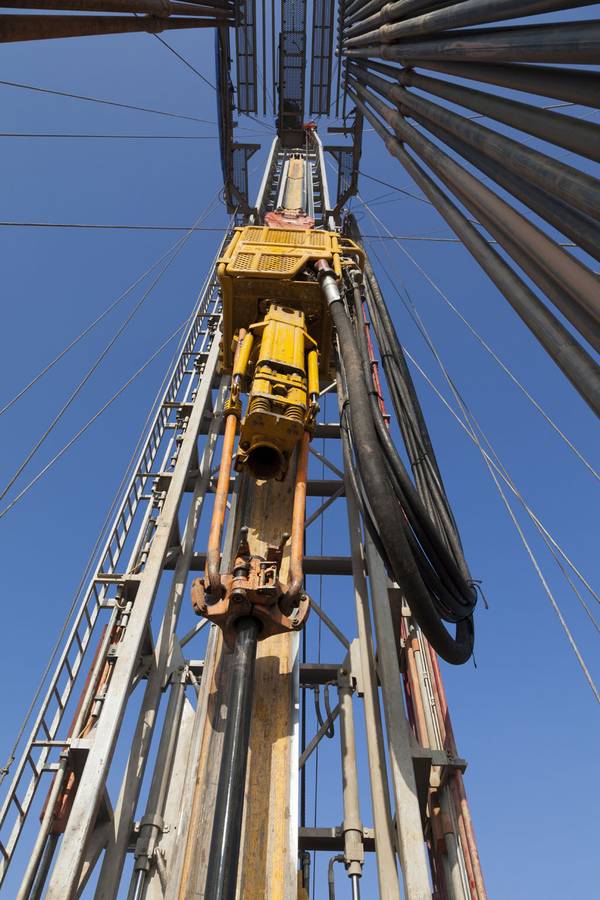
U.S. energy firms added the most oil rigs this week since February 2018 - primarily in the Permian shale - even though producers have been reducing spending on new drilling for much of this year.
Companies added 18 oil rigs in the week to Dec. 20, bringing the total count to 685, the most since early November, energy services firm Baker Hughes Co said in its closely followed report on Friday.
In the same week a year ago, there were 883 active rigs.
In the Permian in West Texas and eastern New Mexico, the nation's biggest shale oil play, drillers added 15 rigs, boosting the total count in the basin to 414.
Despite this week's gain, the oil rig count was on track to fall for the first year since 2016. That annual reduction totals 200, which is much smaller than 2015's record 963 rig decline, according to Baker Hughes data going back to 1987.
The oil rig count, an early indicator of future output, has already dropped for a record 12 months in a row as independent exploration and production companies cut spending on new drilling as shareholders seek better returns in a low energy price environment.
Even though the number of rigs drilling new wells has fallen so far this year, U.S. oil output has continued to increase in part because the productivity of those remaining rigs - the amount of oil new wells produce per rig - has increased to record levels in most big shale basins.
The pace of production growth, however, has slowed.
The U.S. Energy Information Administration projected crude output would rise to 12.3 million barrels per day (bpd) in 2019 and 13.2 million bpd in 2020 from a record 11.0 million bpd in 2018.
U.S. crude futures traded around $60 per barrel on Friday, putting the contract on track to rise for a third week in a row as easing U.S.-China trade tensions boosted the outlook for global economic growth.
Looking ahead, U.S. crude futures were trading around $58 a barrel for the balance of 2020 and $54 for calendar 2021. That compares with an average of $64.90 in 2018 and $56.94 so far in 2019.
U.S. financial services firm Cowen & Co this week said 23 of the independent exploration and production (E&P) companies it watches reported spending estimates for 2020.
Cowen said there were 17 decreases, one flat and five increases, implying a 13% year-over-year decline in 2020. This does not include majors, which represent 13% of the rig count and could be flat to up from current levels.
Year-to-date, the total number of oil and gas rigs active in the United States has averaged 946. Most rigs produce both oil and gas.
The number of U.S. gas rigs, meanwhile, fell to 125, the lowest since December 2016.
Analysts at Simmons & Co, energy specialists at U.S. investment bank Piper Jaffray, forecast the annual average combined oil and gas rig count will slide from a four-year high of 1,032 in 2018 to 943 in 2019 and 816 in 2020 before rising to 849 in 2021.
That is the same as Simmons forecasts since late November.
Reporting by Scott DiSavino